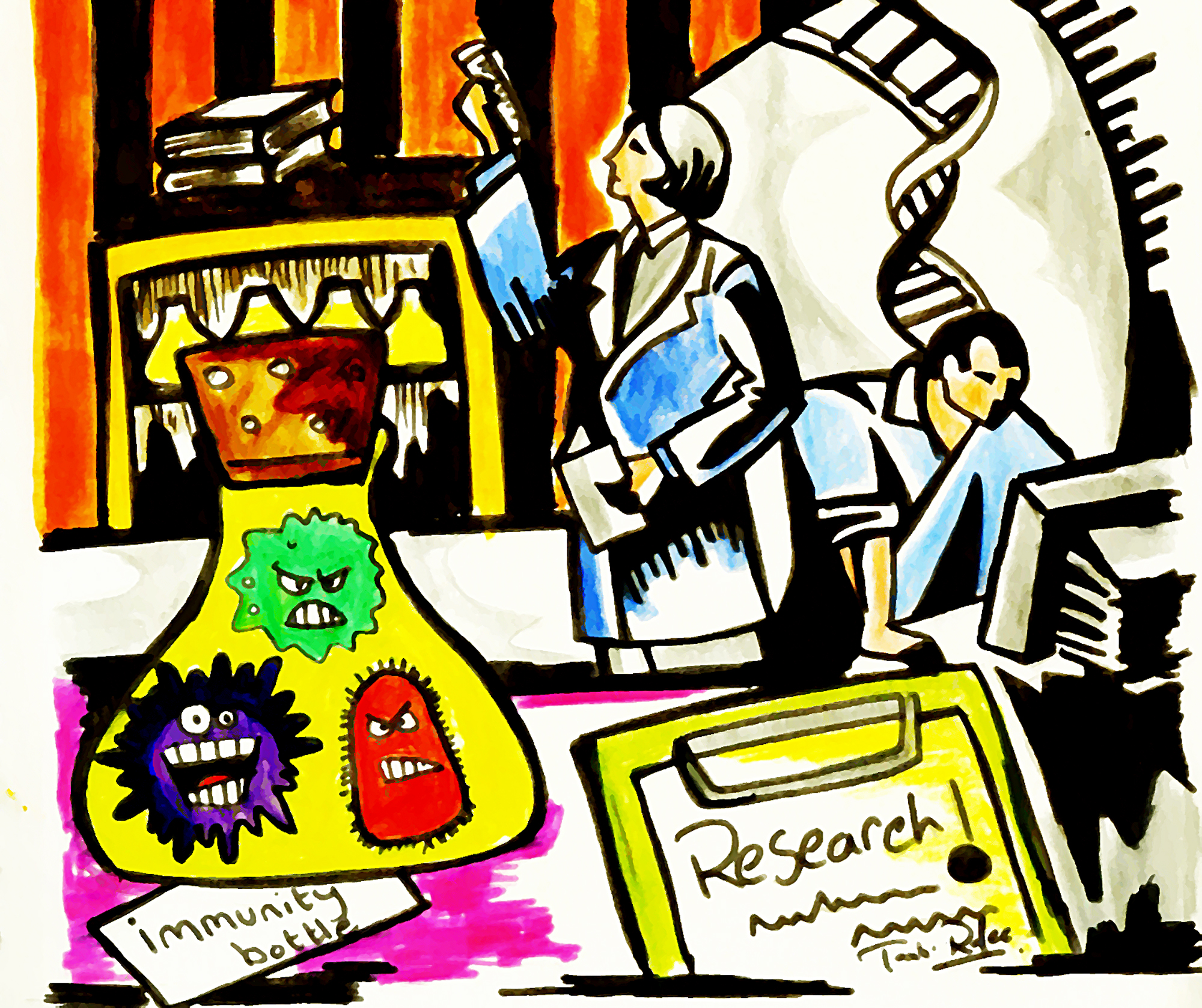Given today’s technological landscape, learning about a lab’s research is probably – for the interested and motivated individual – quite easy. The internet allows us to read about new scientific findings minutes after they are published. But behind every researcher is a story. Learning about the scientists involved and the experiences that inform research can be a great source of inspiration and ideas. Here is a story about a doctor whose desire to improve the lives of patients led him to the field of research in immunology. The Daily sat down with Dr. Joaquin Madrenas, a professor in the Department of Microbiology and Immunology, to hear what inspired his research.
Madrenas’ story begins in Barcelona during his medical residency in nephrology, the division of medicine concerned with kidney diseases. He noticed that patients who had lost kidney function and required dialysis suffered from poor quality of life, most often due to immune reactions against materials used in dialysis machines. Dialysis filters your blood through an artificial membrane, ridding the body of wastes, extra salts, and water.
This inspired his first venture into research, in Paris – studying the compatibility of patients’ blood and the dialysis membrane. In particular, Madrenas studied a molecule called platelet activating factor (PAF). He found that the patients’ undesirable response to dialysis was due to this molecule. By depressing the molecule’s activity, he hoped to improve dialysis for patients. “This really got me into research,” he said, noting the realization that a good idea could go a long way in improving the quality of life of his patients.
After returning to his practice in his hometown, Madrenas felt that dialysis, although improved from earlier versions, was still not ideal. The better option was transplantation, then a newly emerging practice. The desire to study this process took him to Alberta, where he studied kidney transplantation under John Dossetor, a father of the field.
During his time in Alberta, Madrenas became interested in organ transplant rejection. Recognizing that rejection was immunologically mediated, he sought a better understanding of the immune system, on a PhD in Immunology with Dr. Phil Halloran. After obtaining his PhD, he made the full transition into research, abandoning medical practice and moving to the National Institutes of Health (NIH) in Bethesda, Maryland.
At the NIH, Madrenas delved into the study of T-cell activation. T-cells are a type of white blood cell that help the body fight disease and infection as part of the immune system. T-cells recognize foreign harmful substances via a T-cell receptor (TCR). Madrenas’ research revealed that the TCR does not work in an on/off manner, but instead modulates its signalling and action according to the quality of ligand, or foreign molecule, that it recognizes. He identified different antagonists and partial agonists of the TCR in addition to different signalling patterns that are set off upon recognition of a harmful substance.
Madrenas’ current research focuses on the mechanisms of regulation employed during T-cell activation. Broadly speaking, he seeks to understand what makes T-cells turn on or off. This is of special clinical relevance as transplant rejection, and a number of autoimmune diseases including Type I diabetes, Multiple Sclerosis, and Psoriasis, are attributed to undesirable T-cell activation.
At McGill, he studies the interactions between a prevalent superbug Staphylococcus aureus and the immune system. Using a variety of systems biology techniques, including proteomics and metabolomics, his lab seeks to understand the mechanisms that make this bug a health threat while being a common microbe in healthy individuals. In learning about this dichotomy, his lab hopes to discover alternatives to antibiotics to be used in the treatment of infections.
